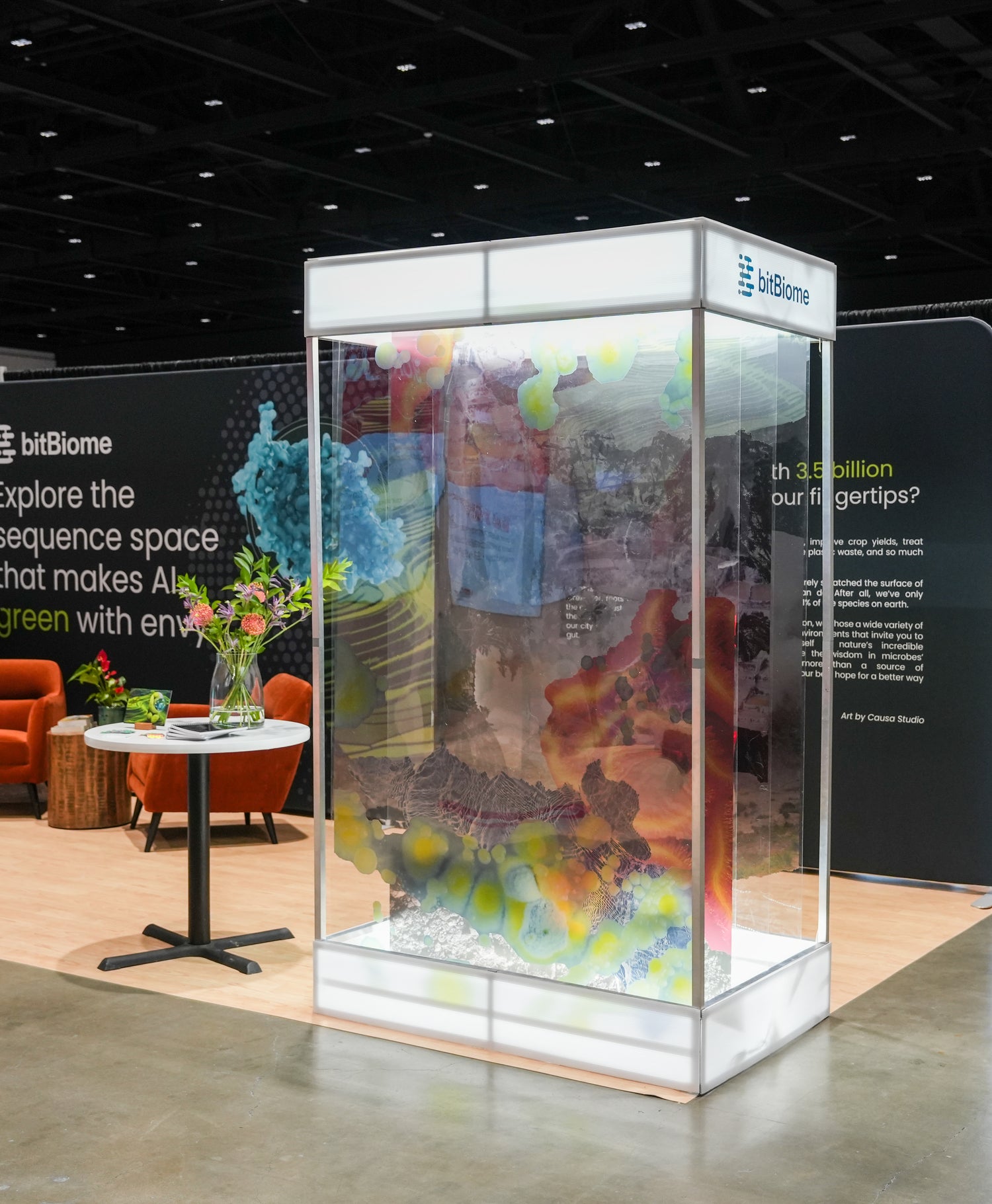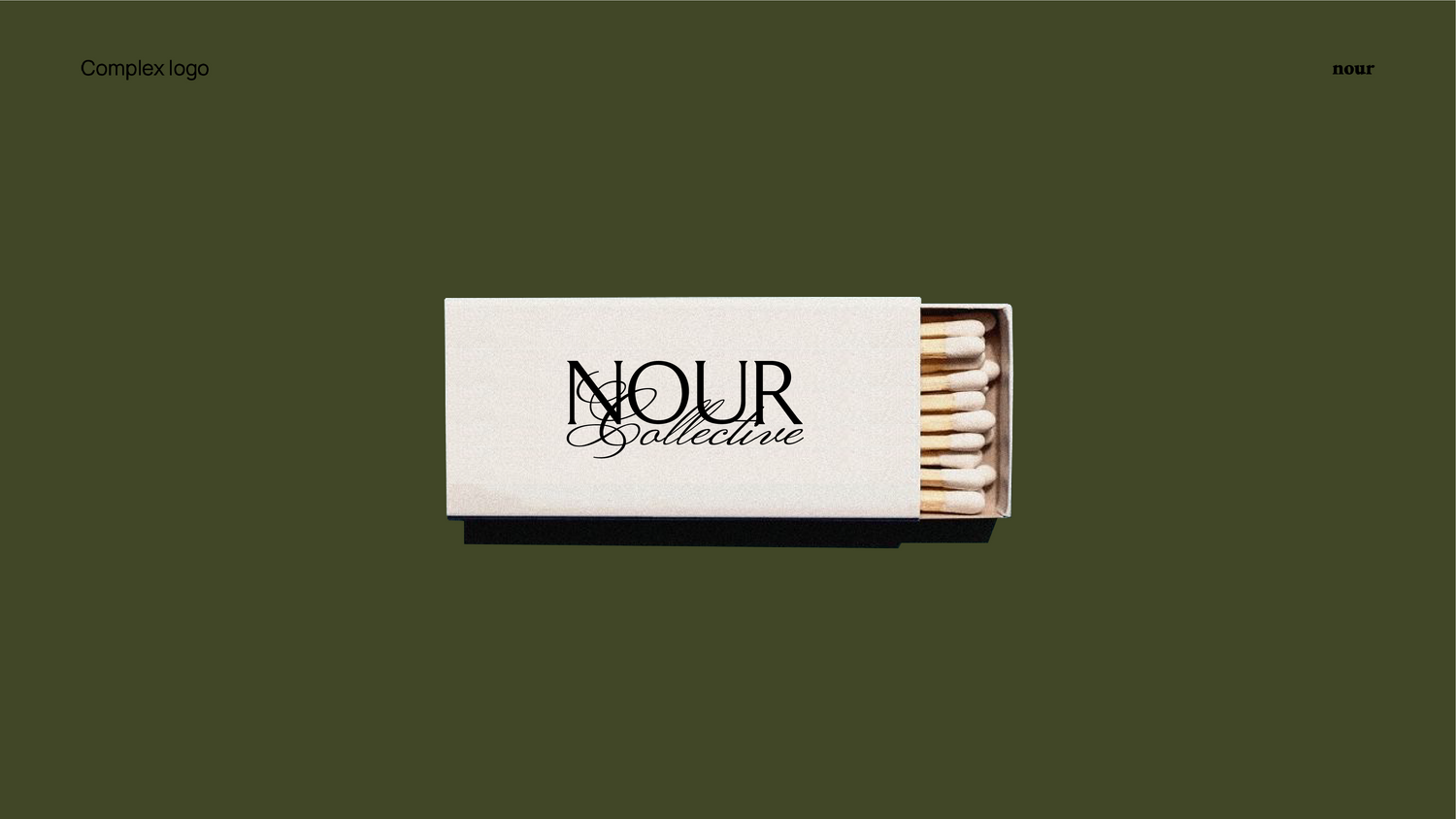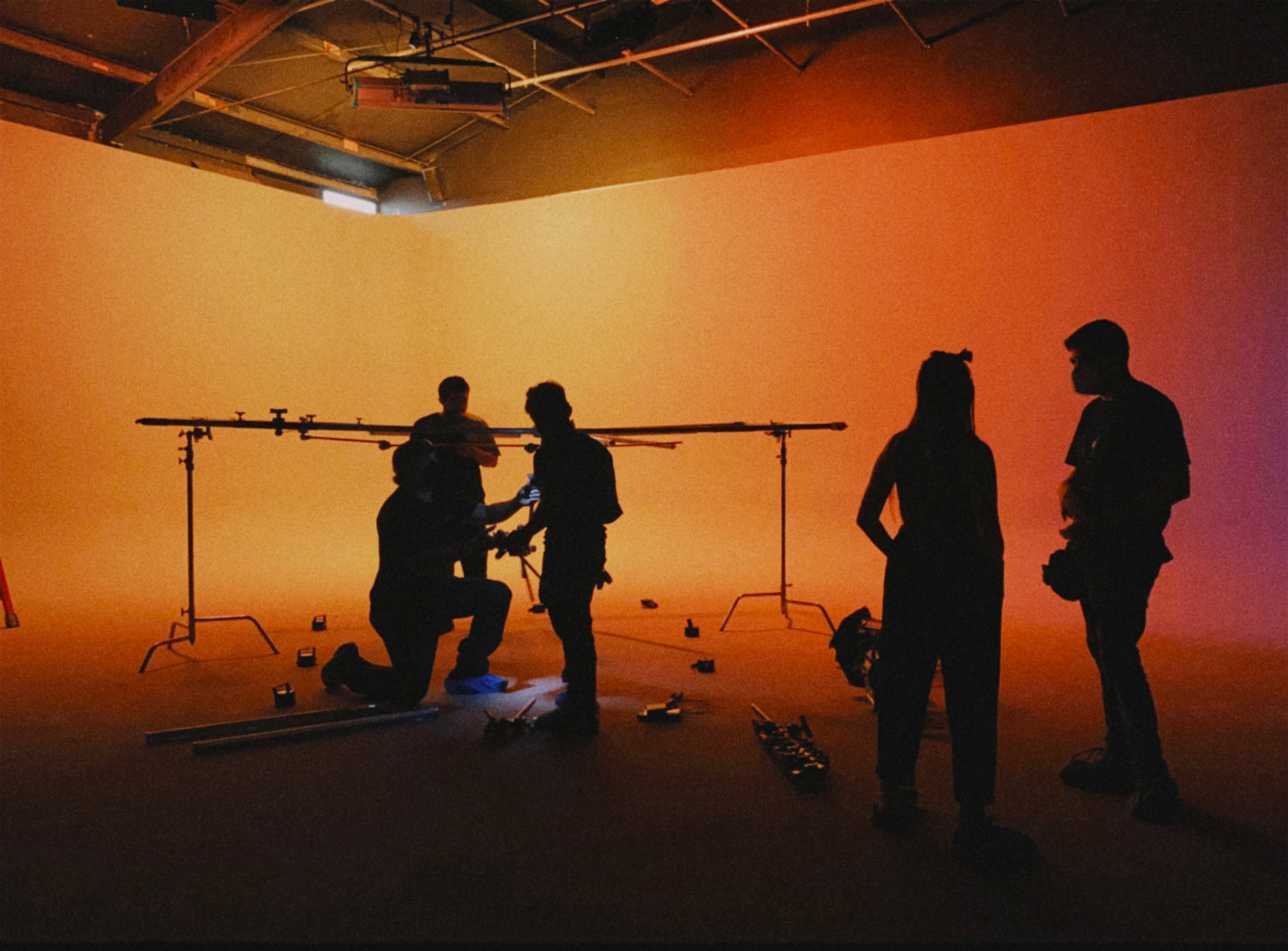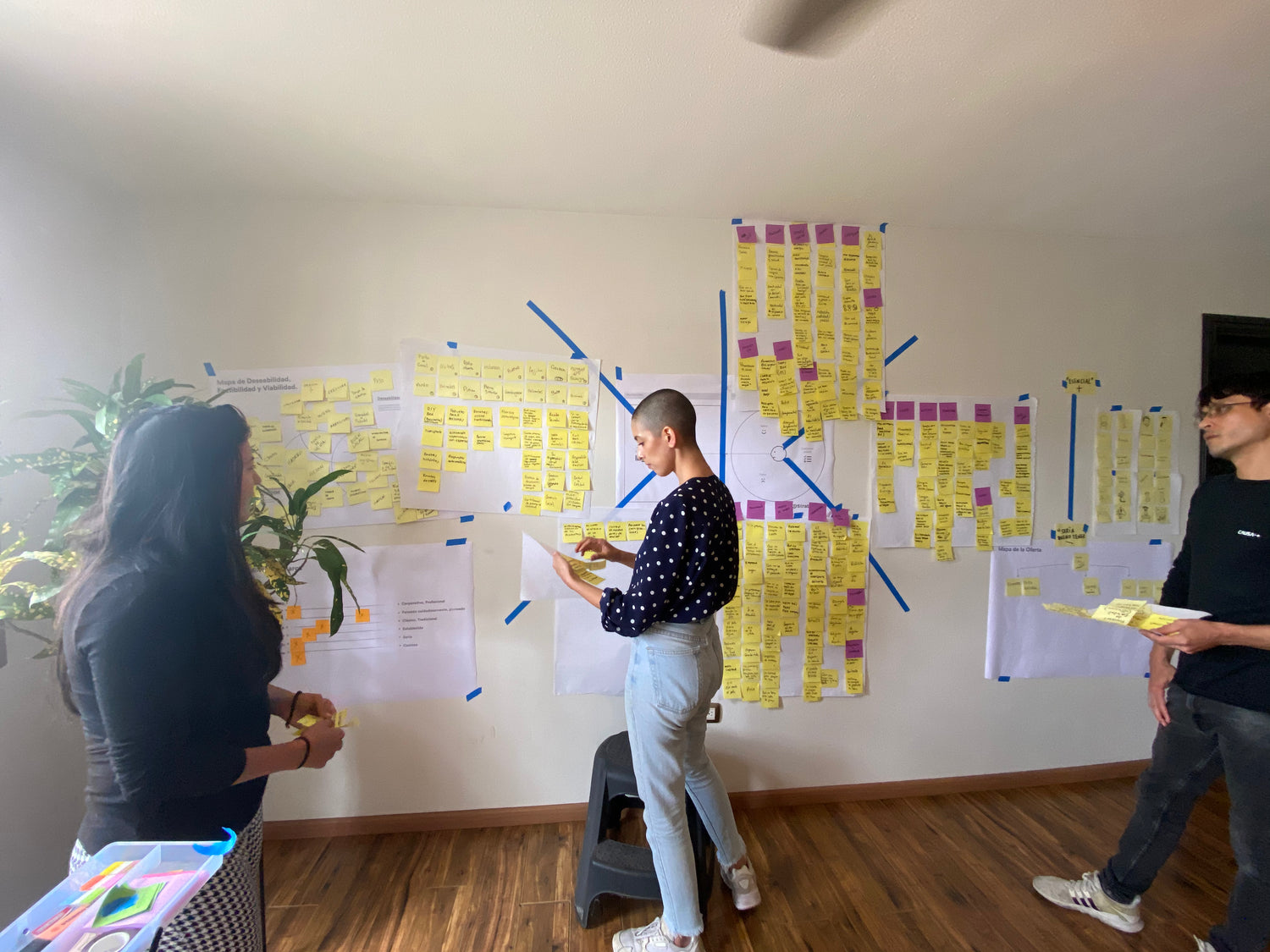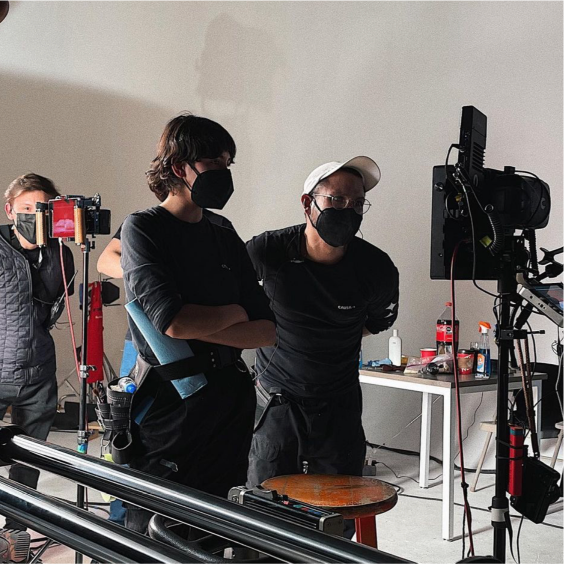
Restology, absorption of suspended particles through bioplastic and activated charcoal, multidisciplinary thesis, Centro de Estudios Superiores de Diseño de Monterrey S.C., 7 December 2017
Full PDF book Exhibition book Validations Instagram Behance Facebook Live YouFab 2018 finalist AWRD Threadhunter FabTextiles GitLab
The term ‘eco-friendly’ has been heard with increasing frequency over the last decade, leading to the rise of responsible alternatives that allow taking small steps to combat contamination. However, no one takes into account the fact that most of the daily actions generate pollution as a consequence. Facing this problem, and as it was previously presented in this research, the focus is to design new applications of bioplastic to reduce air pollution. As the research went forward, it became noticeable that the other side of the problem is as much as important as how to combat pollution: the ignorance of it. The sudden realization that the spectator needs to be aware of this issue and accept the alternatives and solutions provided to aspire to change their habits. What is like to be aware and how does a person becomes aware of an issue? The Cambridge Dictionary defines Awareness as “the knowledge or perception of a situation or fact.” Therefore, awareness is acquired through the senses. With this premises and exhibition was developed to sensitize the spectators and ecological enthusiasts.
The exhibition is divided into three stages: a conceptual and interactive representation of the natural process of looking for a solution; a starting point from the moment of becoming aware of a problem, in this case, pollution 1(Peng, Zhang. Pumping out pollutants). During the second stage of the exhibition, there’s a room dedicated to reflection; where an interactive visual media is presented to explore the relationship between the user and pollution. The third stage is the solution itself, where the results of the research and the proposed solution are presented to the user.
First stage:
In a day where the air is highly polluted and with atmospheric contingency, the sky covers in a grey blanket of smog obstructing the view of the horizon. Interpreting it into the installation, it is represented by three translucent bioplastic partitions arranged one behind the other, welcoming the spectators.
Second stage:
The second phase of the exhibition is intended for the spectator to understand how daily actions affect the environment—if there is no synergy, nothing happens. Taking into account that the Restology formula conducts electricity, a proximity sensor was built, allowing the users to interact and visualize relevant information, while being able to explore it in more detailed, making data accessible 3(Dyrcz, Hanna. 2016). Restology bioplastic is connected to a series of microcontrollers that with the Internet and the magnetic field generated by the bioplastic will allow the access to pollution-related databases, which are then used by computer tools to reveal visual media using javascript library THREE.js 4(“Three.js.” threejs.org 2017).
Third stage:
When arriving at the third stage, the results of the research will be presented, displaying the indoor and outdoor spaces designs, along with the process through which both proposals were developed. In this area, the spectators will also find a Catalogue of Restology Bioplastic, that has relevant information and the instructions to create bioplastic. The path ends by offering possible alternatives for plastics, thus inspiring spectators to develop environmentally-friendly solutions.



























Restology, as an open-source project, has significantly impacted various research projects. This approach was chosen to serve as a stepping stone for future designers.

